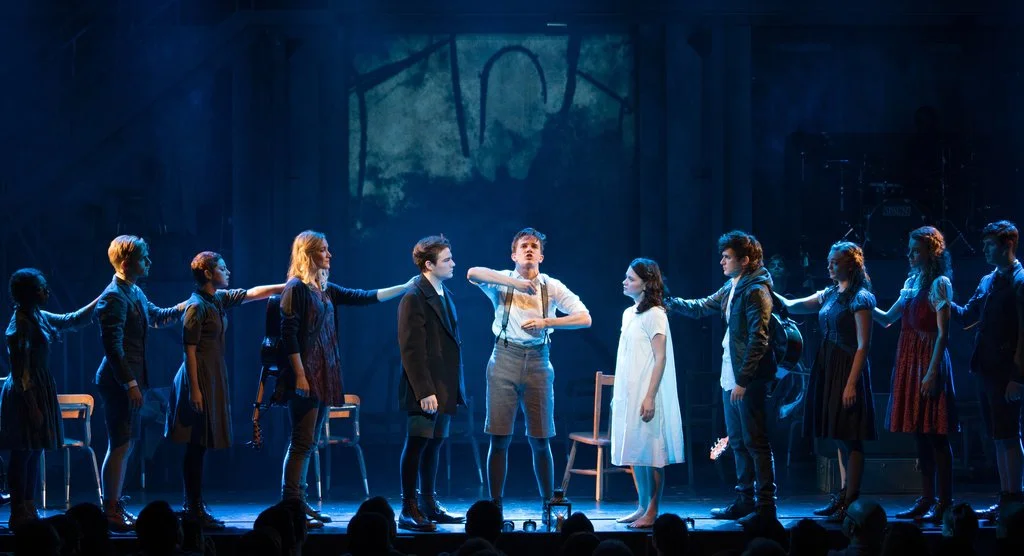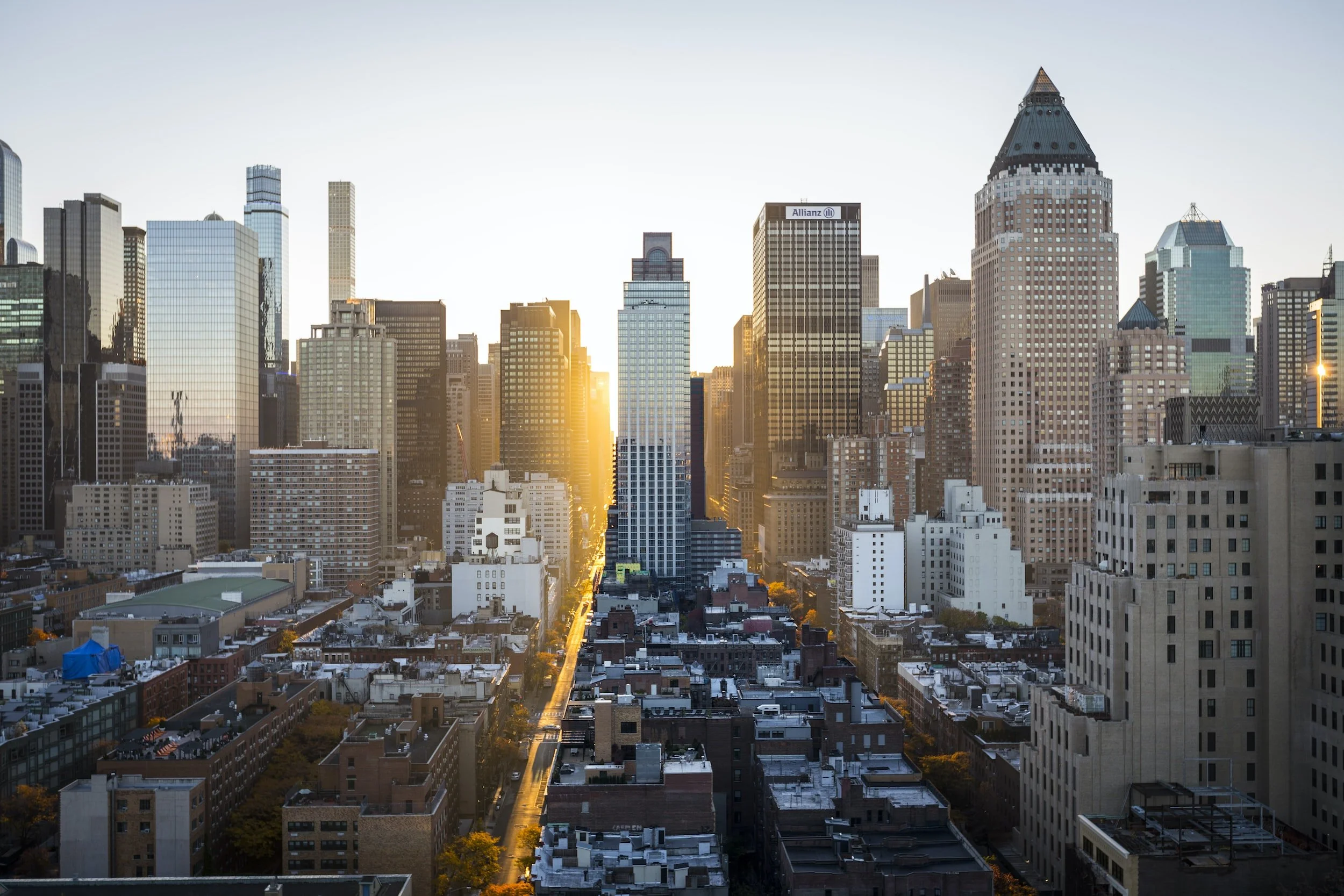When does access lead to inclusion, and when does it breed more exclusion? With constantly emerging technologies in the fields of placemaking and civic and audience engagement, who gets left behind?
Equity Via Art and Technology: A Case Study of Deaf West’s “Spring Awakening”
This case study examines Deaf West Theater. Through weaving “American Sign Language (ASL) with spoken English to create a seamless ballet of movement and voice.”, Deaf West teaches through practice that (1) Language and linguistic identity can indeed advance and strengthen storytelling and (2) Audiences want to see linguistically diverse and accessible stories.
The Need for Art in the Smart City
How Video Games Can Serve as an Engagement Experience
The expansion of technology has enabled a wide array artistic growth in innumerable forms - often taking a life or genre of its own. One artistic form that has dominated the market since technology has become common in society is video games. The materials below serve as introductory infographics for arts organizations, detailing core considerations and a streamlined video game planning process. Additionally, it lists common employees needed to conduct video game production, common engines and coding languages used and their learning difficulty levels, so that arts organizations can jumpstart their gaming creations of their already-mastered craft.
What You Were Reading in 2019: Top 10 in Arts Management & Technology
In 2019 the Arts Management and Technology Lab researched a wide breadth of content, from product reviews of image editing software to industry analysis of music streaming. As the year draws to a close, looking back through Google analytics offers a perspective on what the arts management field was particularly keen to learn over the year. Read on to see if the top topics align with any of your particular interests or passions.
How The Arts Are Harnessing the Power of Artificial Intelligence
Artificial intelligence continues to make its way into the main stream and into multiple industry sectors. The arts are no exception. Over the past few years we have begun to see a wave of organizations use artificial intelligence as a method to both enhance the audience experience and generate new creative expression.
Considering Biases in AI and the role of the Arts
Artificial Intelligence In Museums: Chatbots, Social Analytics, and More!
Artificial Intelligence is opening up a new world of possibilities for arts organizations in terms of programmatic offerings, guest services, and management. A recent convening of the American Alliance of Museums, hosted by the Perez Art Museum Miami, and sponsored by The Knight Foundation and Alley Interactive, brought together museum professionals, technologists, and futurists to discuss how AI is, and can be used in museums.
ReMasterpieces: A Machine Learning Powered Provenance Research Tool
Blockchain Explained: Understanding the Technology and its Applications for the Arts, Part 1 of 3
News Roundup: March
February News Roundup
#TBT: Google Superstar Projects: Where are they now? (Post 1 of 3)
Understanding Gamification For the Arts
“Pokémon Go”: Where did it go? 5 Major Takeaways from its Rise and Fall
Lights, Camera, Quadrotors!
The Giving Pledge: A Start to Engage Tech Philanthropy
To understand why arts organizations have struggled to capture funds from tech billionaires, arts managers and development professionals would do well to recognize what philanthropic sectors they are losing these dollars to, and why. Armed with these insights, arts professionals can then adjust their strategies to better appeal to this new and growing donor segment.
News Summary 01.2015
Faster Than Sound: Pushing The Boundaries of Contemporary Music
While conducting the first round of research for my white paper on online audience development, I stumbled across an exciting development in the world of music. I was first introduced to the genre of contemporary music when I noticed the growing trend of string players and, what sounded like, a classical music influence in many popular indie rock bands. Even though I have background primarily in jazz, both classical and jazz worlds share the same audience development woes. It was both promising and exciting to hear so many young musicians take classical music to new territory. Upon further exploration and research, I discovered that the work of many of these musicians and composers is being labeled as 'contemporary' or 'modern' music.While it can be tricky (and at times unfair!) to attach a definite label to these types of projects, it's important to recognize this growing movement, especially as it pertains to the intersection of arts and technology. Faster Than Sound is yet another great example of this type of project. Faster Than Sound, produced by the UK based Aldeburgh Music, is an experimental and cutting edge series that blurs the boundaries of classical and electronic music. There is a strong emphasis on commissioning new works, artists participating in residencies and innovative collaborations. There is also an emphasis on emerging technology, and all of the artists involved share a common goal of embarking on new musical adventures together.
Earlier this month, composer and visual artist, Christian Marclay, came to the series to develop a specially commissioned work entitled, Everyday. For this endeavor, Marclay collaborated with other musicians including Steve Beresford, John Butcher, Mark Sanders and Alan Tomlinson. Their ensemble also worked with a local marching band and employed the use of turntables. The work was not just limited to music, however. Everyday also combined found film footage sampled from old movies.
The next event in the series, Fall Back will feature a specially commissioned new work that will be created during a week long Aldeburgh Residency. The work will premiere on Saturday, Octover 29 at 8 pm. British dubstep artist, Roly Porter, will be joined by Cynthia Miller for a very special collaboration. The improvisation between these prolific exponents in one of the oldest and one of the newest forms of electronic music is sure to push genre boundaries, and create a truly unique musical experience. The music will be partnered by Rod Maclachlan's epic archaic visual projections.
For a small taste of what the series is like, check out the video above, and visit their Youtube channel! And stay tuned for a special podcast featuring some of the participating artists and creative director.



















